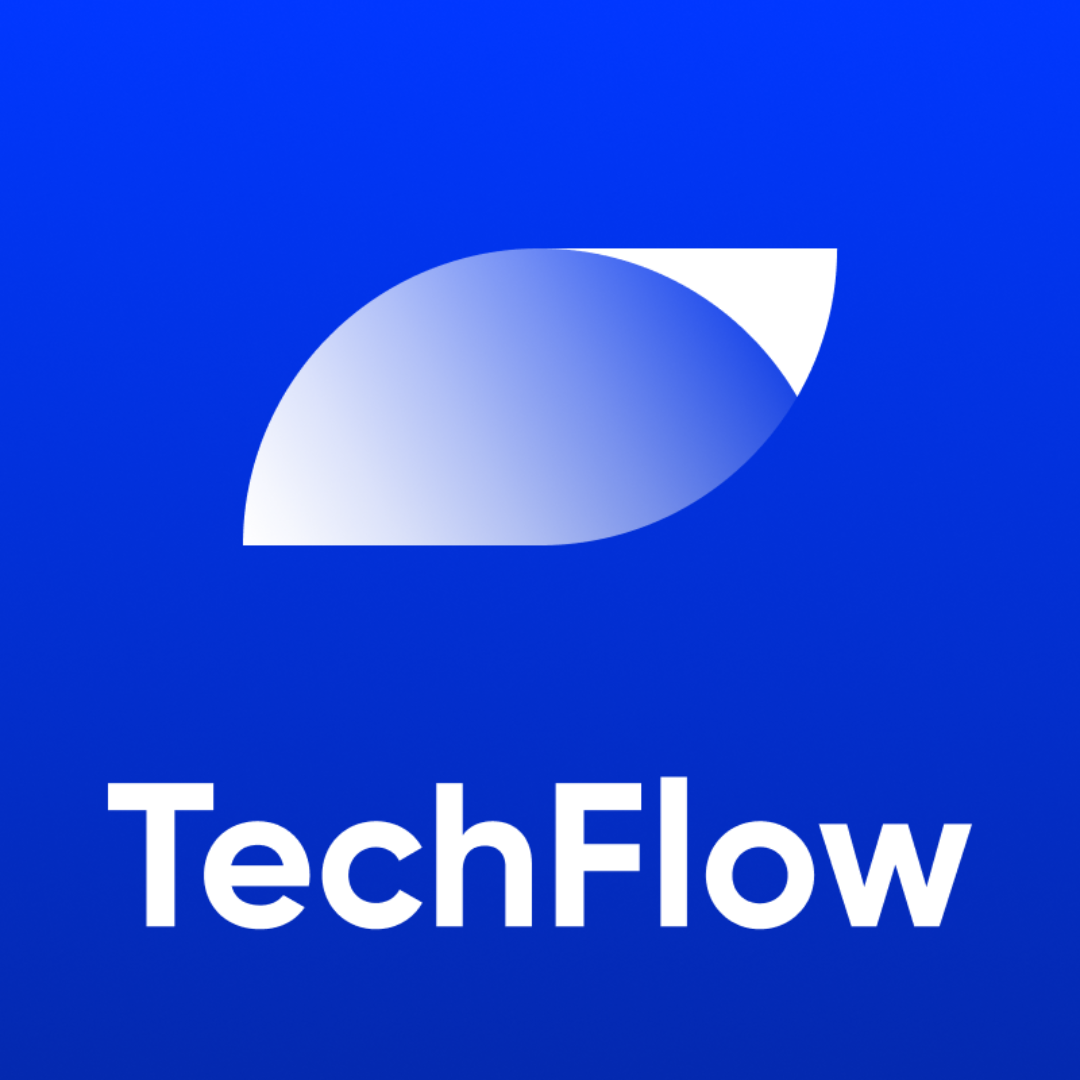Solana Launchpad is crowded, innovation or saturation?
Author: samoyedscribes
Compiled by: TechFlow
Comparison of Token Launch Platforms on Solana, translated by TechFlow (original image from @samoyedccribes and SIGNUM CAPITAL)
A Brief History of Token Launch Platforms
Token launchpads have become an established space in the crypto ecosystem, providing a structured path for projects to raise funds and initiate liquidity. Prior to the meteoric rise of Pump.fun, this space was dominated by protocols that were more suited to Initial Decentralized Exchange Offerings (IDOs). Protocols such as CoinList, PinkSale Finance, and Fjord Foundry are the go-to options for projects looking to launch on blockchains like Ethereum and Binance Smart Chain (BSC). These launchpads typically serve established protocols with dedicated builders, and often operate in a more selective environment, with investors often required to be whitelisted to participate in specific fundraisers. These barriers to entry make them less accessible to smaller protocols and less formal projects such as meme coins or experimental tokens.
Why is Pump.fun so influential?
The emergence of Pump.fun has been hailed by some as the kingmaker of Solana, as it has played a major role in driving the dominance of the chain. Pump.fun was launched on Solana, leveraging the blockchain's low cost and high-speed transactions to revolutionize token issuance. Unlike its predecessors, Pump.fun introduced a standardized mechanism to destroy liquidity pool (LP) tokens at launch, ensuring that liquidity cannot be withdrawn - a feature that provides additional trust for retail participants, although the platform has not been completely immune to manipulation by certain insiders.
Number of tokens created by Pump.fun since its inception
Where Pump.fun is truly impactful is in its decentralized approach. It allows anyone, not just established protocols, to raise capital and initiate liquidity in a fair manner. To date, over 10 million tokens have been launched on Pump.fun. This accessibility made Pump.fun a hotbed for the Solana memecoin craze, leading to Solana being called the premier “on-chain casino.” Other chains have tried to take that title away, but none have succeeded. Pump.fun’s model is the first of its kind, allowing new token issuance to proliferate on an unprecedented scale.
However, is this a net positive or negative for the crypto space? On the one hand, Pump.fun lowers the barrier to entry, fostering creativity and experimentation. On the other hand, it also opens the floodgates for low-quality projects and large-scale liquidity extraction events. Some believe this is detrimental to the long-term health of the ecosystem. Time will tell, as markets will self-correct in due course.
Makenow.meme — Earliest iteration
Number of tokens created since the founding of Makenow.meme
After the success of Pump.fun, Makenow.meme emerged as an early competitor that aimed to take the concept a step further by integrating directly with platforms like X. The idea was to allow users to create tokens directly by tagging Makenow.meme’s X account on X, making token issuance a seamless, user-friendly experience. In theory, this looked like a promising decentralized application for the masses, combining social media with crypto innovation. However, despite its potential upside, Makenow.meme struggled to find product-market fit (PMF). Adoption of the platform was suboptimal, resulting in a rapid decline in user activity after launch. While the concept was novel, the execution and incentives needed to drive mainstream adoption were lacking.
Pump.fun competitor resurgence
Pump.fun’s dominance didn’t last long. A pivotal moment came when Pump.fun decided to migrate its “graduated” tokens (tokens that reached a certain market cap threshold) from Raydium to its own Pumpswap decentralized exchange (DEX). The move sparked a wave of competition, and Raydium responded by launching its own token launchpad, LaunchLab. Additionally, Believe launched a product similar to Makenow.meme that allows users to issue tokens on X, while Bonk also launched its own launchpad, based on Raydium’s LaunchLab technology stack. More recently, Boop entered the market under the leadership of Dingaling (founder of Pancakeswap, LooksRare, etc.).
Boop, the most promising rookie
Boop stands out for its innovative approach and “fun” Ponzi economics. Boop introduces a fee sharing mechanism, a feature that solves a major complaint of Pump.fun: the lack of incentives for token creators and early adopters. Boop also uses an active user onboarding strategy to attract users. It is worth mentioning that some core users of DeFi received $BOOP airdrops, but there is a condition. They must issue tokens, conduct marketing, and call on others to buy to receive the airdropped tokens. In addition, Boop provides fee sharing, airdrops, and other incentives for token deployers, $BOOP holders, and holders of recently “graduated” tokens. Although it is still in its early stages, Boop’s dynamic incentive structure and willingness to rethink the possibilities of the launch pad may cultivate a loyal and engaged user base over time.
Summary
Thanks to @jeff_w 1098 for his contribution on X
There is no doubt that the field of token launchpads on Solana is becoming increasingly saturated. The ability to fork a protocol is a fundamental feature of blockchains and is not inherently negative. However, the proliferation of nearly identical products can stifle innovation as they offer little differentiation, leading to a crowded market where user attention and liquidity are fragmented.
Instead, the crypto space should encourage projects like Boop, which, under Dingaling’s leadership, iterate on the design of existing products. By introducing novel incentive structures and rethinking user onboarding, Boop shows that there is still room for innovation in this space. As the market evolves, the key to success lies in striking a balance between accessibility and sustainability, ensuring that token launchpads not only empower creators but also promote a healthier and more resilient crypto ecosystem.
*Disclosure: The information provided in this article is for general informational purposes only and does not constitute professional or investment advice.



